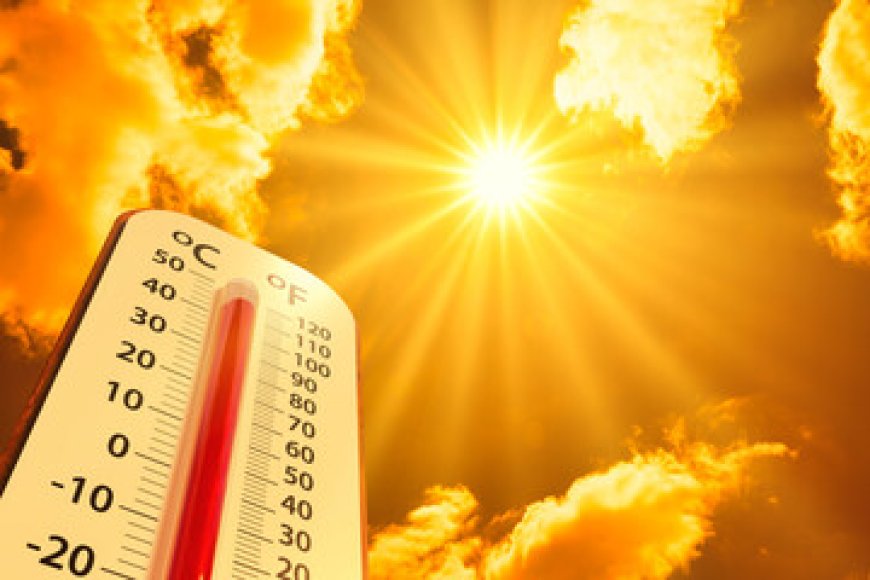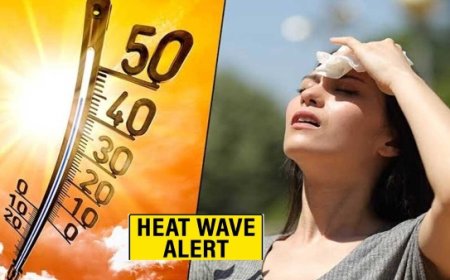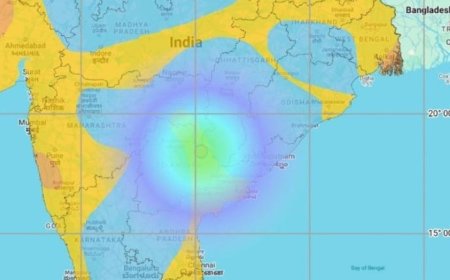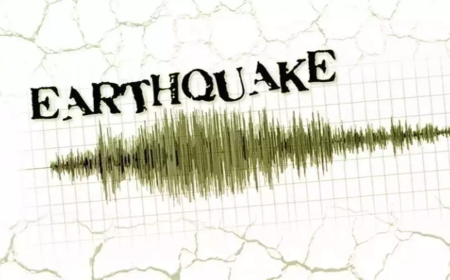In an era defined by technological innovation, the field of weather forecasting stands at the forefront of progress, with advancements reshaping how we understand and predict atmospheric phenomena. From sophisticated predictive models to real-time data analysis, meteorologists are harnessing cutting-edge technology to provide more accurate and reliable forecasts than ever before.
Gone are the days of relying solely on traditional forecasting methods, which often left room for uncertainty and error. Today, meteorological agencies around the world are investing in state-of-the-art technology to enhance their forecasting capabilities and provide timely warnings for severe weather events.
One of the key developments driving this evolution is the advent of advanced predictive models, powered by artificial intelligence and machine learning algorithms. These models analyze vast amounts of data from various sources, including satellites, weather stations, and ocean buoys, to generate highly accurate forecasts with unprecedented precision.
Furthermore, the integration of real-time data streams allows meteorologists to continuously monitor changing weather patterns and make rapid adjustments to their forecasts as conditions evolve. This dynamic approach enables forecasters to provide timely updates and warnings, minimizing the impact of extreme weather events on communities and infrastructure.
Another area of innovation is the use of high-resolution weather simulations, which simulate atmospheric processes in intricate detail to improve forecast accuracy at a local level. By capturing subtle variations in terrain, temperature, and humidity, these simulations offer valuable insights into localized weather phenomena, such as thunderstorms, heavy rainfall, and temperature extremes.
Moreover, advancements in data visualization technology are enhancing the accessibility and usability of weather forecasts for the general public. Interactive maps, animated radar images, and user-friendly mobile applications empower individuals to stay informed and make informed decisions about weather-related risks and activities.
As we continue to push the boundaries of weather forecasting technology, the future holds promise for even greater improvements in accuracy, reliability, and lead time for predictions. With the ability to anticipate and prepare for weather events more effectively, we can mitigate the impacts of natural disasters, protect lives and property, and build more resilient communities in an increasingly unpredictable world.

































































